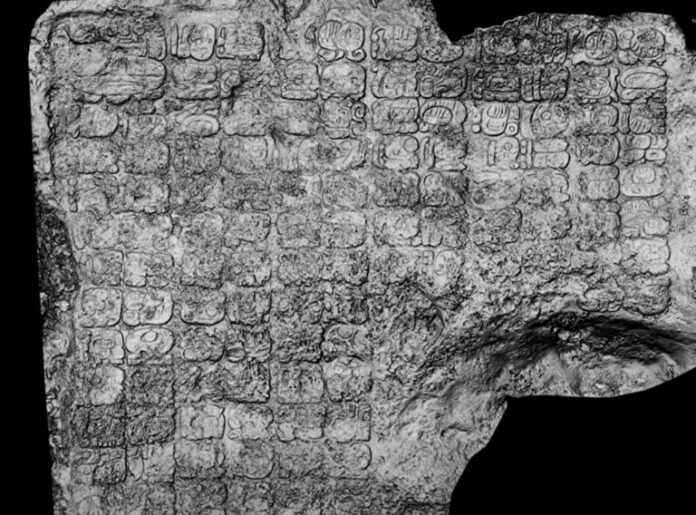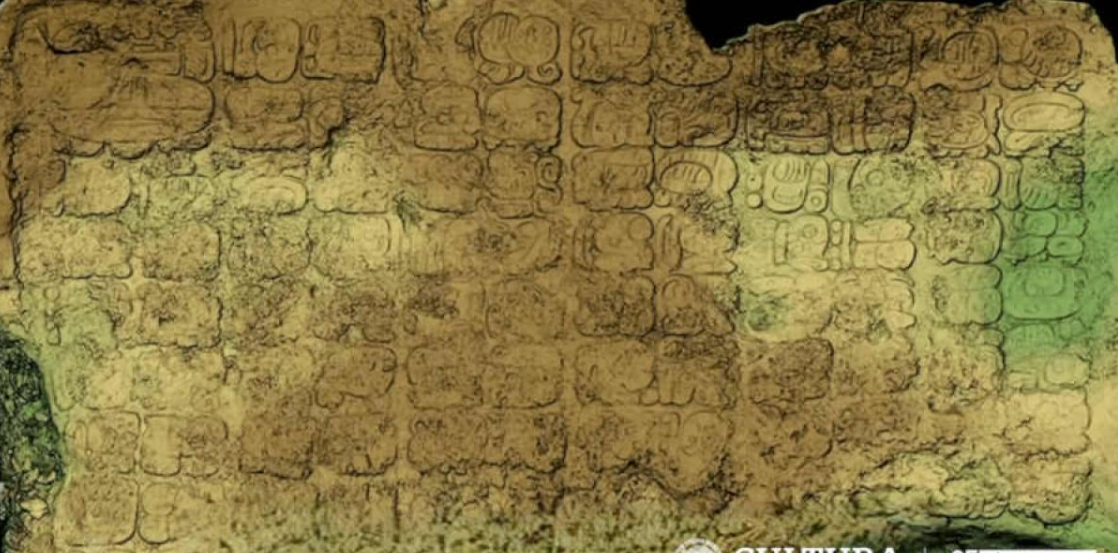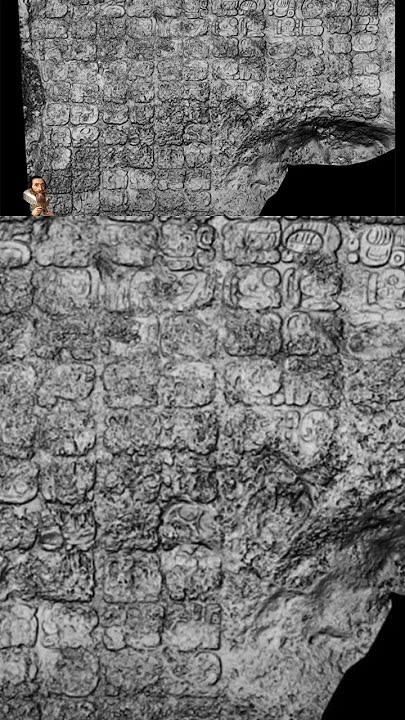In a remarkable discovery, archaeologists have unveiled a significant Mayan hieroglyphic text in the Cobá Archaeological Zone located in Quintana Roo. This exceptional artifact, featuring 123 hieroglyphic cartridges, offers an intriguing insight into the area’s rich history and culture, particularly regarding the establishment of the town of Keh Witz Nal in 569 AD.
Excitement Surrounding Cobá’s Ancient Writing

The finding, reported by Mexico’s National Institute of Anthropology and History (INAH), highlights the ongoing commitment to preserving and exploring the invaluable remnants of the past. The tablet, adorned with intricate Mayan hieroglyphics, was unearthed near Nohoch Mul, the tallest pyramid in Cobá, often referred to as the “City of Choppy Water.” This city has a continuous history that spans 1,300 years, from 100 BC to 1200 AD.
During a press briefing, INAH’s general director, Diego Prieto Hernández, presented this discovery as part of the advancements achieved through the Program for the Improvement of Archaeological Zones (Promeza). The panel, found in a waterhole 160 meters from Nohoch Mul, features an extensive L-shaped inscription that covers over 11 square meters, carved directly into the stone.
Founding, Rulers, and Deities Explored
Initial analysis of the inscriptions suggests they document the founding of Keh Witz Nal, or “Deer Mountain,” which dates back to May 12, 569 AD. Notably, the name of an unidentified ruler, K’awiil Ch’ak Chéen, was revealed, adding to Cobá’s dynastic narrative. The inscriptions indicate that numerous rulers, including three women, assumed the name of the god K’awil, reflecting attributes of their protective deities.

Moreover, the text intertwines historical events with mythical origins, mentioning tutelary gods such as Bolón Tz’akab Ajaw, known as the “Lord of Countless Generations,” who is credited with establishing the corn and cocoa dynasties.
Challenging Conservation Efforts
As part of Promeza, measures have been escalated to safeguard this crucial artifact from environmental damage. A thorough cleaning process was conducted to eliminate soil, salts, and weeds. Restoration efforts included injecting lime mortar to strengthen the rock, which is vulnerable to water accumulation during rainy periods. High-precision recordings of the glyphic text were also made to support future epigraphic research.
Discovering and Safeguarding Maya Heritage

Prieto Hernández emphasized that the Promeza program is significantly enhancing our understanding of Cobá and other archaeological sites along Quintana Roo’s eastern coast. At El Meco, research and conservation efforts have been completed, while Tulum has seen considerable improvements in infrastructure and signage. The Museum of the Eastern Coast is set to open in September 2024 and will display artifacts from these initiatives, illustrating the evolution of Mayan urban centers.
Meanwhile, in Muyil, researchers have identified 11 previously concealed structures and are actively working on improving signage and infrastructure.
Conclusion
This extraordinary find at Cobá not only sheds light on the complex history of Mayan civilization but also underscores the critical need to preserve these cultural treasures. As investigations proceed, the insights gained from this hieroglyphic text are sure to enhance our appreciation of the ancient Maya and their lasting legacy.

